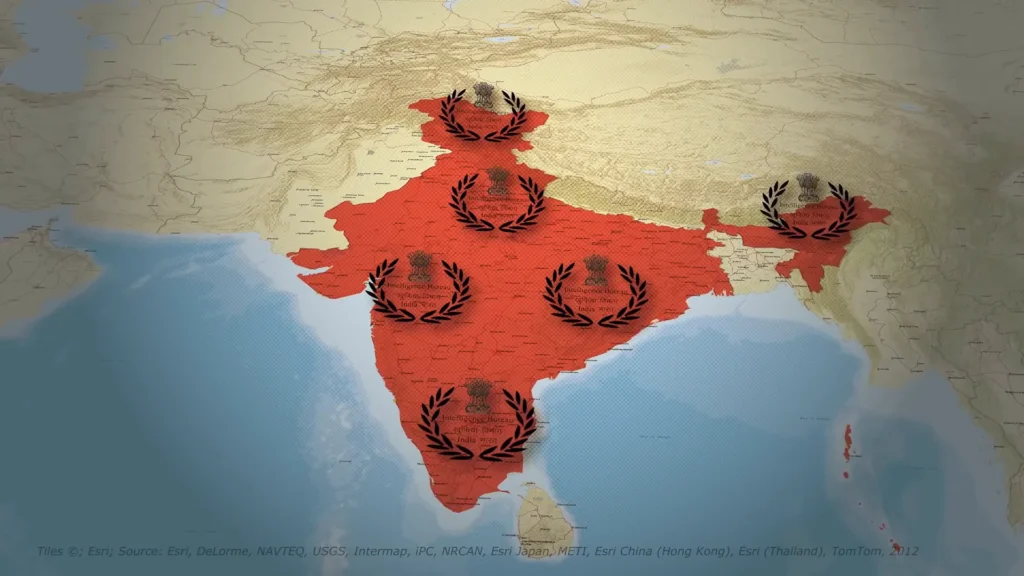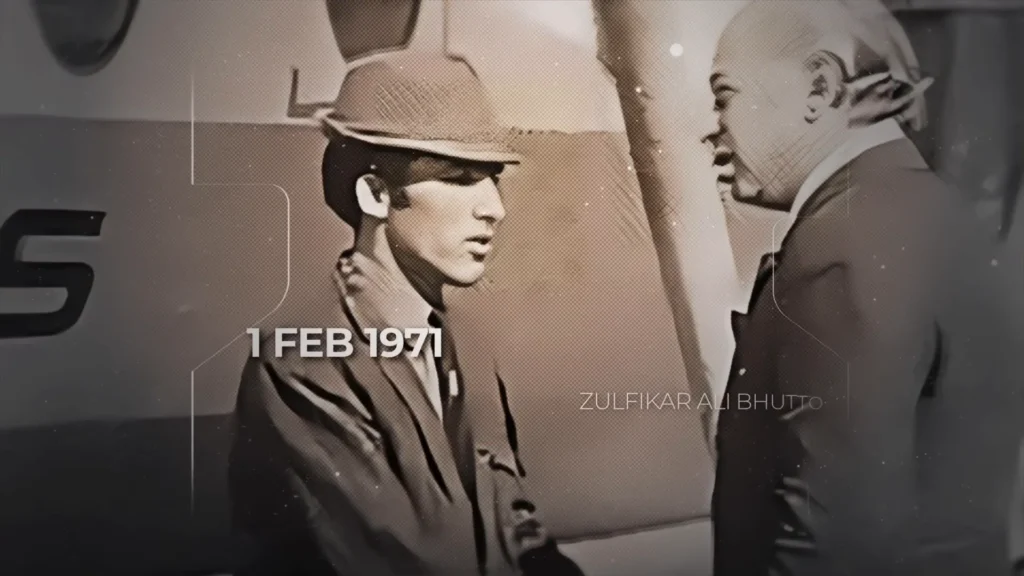Understanding the Reality of India’s R&AW: A Comprehensive Overview
The Research and Analysis Wing (R&AW) is India’s premier intelligence agency, established to gather foreign intelligence and conduct covert operations. This article delves into the reality of India’s R&AW, exploring the agency’s history, structure, and significance in national security. By understanding R&AW, we can appreciate its crucial role in safeguarding India’s interests on a global stage.
Establishment and Early Years of R&AW
R&AW was founded in 1968, primarily to address the need for a dedicated intelligence agency to handle foreign affairs and counter-terrorism. It emerged as a response to the inadequacies observed during the Sino-Indian War of 1962 and the Indo-Pakistani War of 1965. The establishment of R&AW marked a significant shift in India’s intelligence apparatus, moving towards a more organized and strategic approach to intelligence gathering. This shift reflects the reality of India’s R&AW as a necessity for effective national security.
The agency was formed under the Cabinet Secretariat, which oversees its operations. Initially, R&AW focused on developing a framework for intelligence collection, analysis, and covert operations. The first head of R&AW, Rameshwar Nath Kao, played a pivotal role in shaping the agency’s early structure and operational strategies.
Key Functions of R&AW
R&AW’s primary responsibilities include:
- Foreign Intelligence Gathering: Collecting information on foreign governments, military capabilities, and political developments.
- Counter-Terrorism: Identifying and neutralizing threats posed by terrorist organizations.
- Covert Operations: Conducting secret operations to protect India’s national interests.
- Policy Support: Providing intelligence inputs to inform government decision-making.
Over the years, R&AW has evolved to incorporate advanced technology and methodologies in its operations. The agency utilizes satellite imagery, cyber intelligence, and human intelligence (HUMINT) to gather actionable intelligence, showcasing the dynamic reality of India’s R&AW.

Significant Milestones in R&AW’s History
R&AW has been involved in several significant operations that have shaped India’s security landscape. Some key milestones include:
- 1971 War: R&AW played a crucial role in supporting the Mukti Bahini during the Bangladesh Liberation War, contributing to India’s victory against Pakistan.
- Operation Smiling Buddha (1974): R&AW was instrumental in India’s first nuclear test, which established the country as a nuclear power.
- Counter-Terrorism Operations: The agency has been involved in various operations to thwart terrorist attacks and neutralize threats from insurgent groups.
These milestones underscore the reality of India’s R&AW as a proactive entity in national security.
R&AW’s Structure and Leadership
R&AW operates under the leadership of the Prime Minister and is accountable to the National Security Advisor. The agency’s organizational structure includes various divisions responsible for specific areas such as analysis, operations, and technical support. Each division plays a vital role in ensuring that R&AW remains effective in its mission.
The Director of R&AW, appointed by the Prime Minister, oversees the agency’s operations and reports directly to the Prime Minister and the National Security Council. The agency’s structure is designed to maintain secrecy and operational efficiency, reflecting the reality of India’s R&AW as a critical component of national defense.
Challenges Faced by R&AW
Despite its successes, R&AW faces several challenges in the modern intelligence landscape:
- Technological Advancements: Rapid advancements in technology require R&AW to continuously adapt and upgrade its capabilities.
- Geopolitical Landscape: The changing dynamics of international relations impact R&AW’s operations and strategies.
- Resource Allocation: Balancing resources between various intelligence needs can be challenging, especially with limited budgets.
The reality of India’s R&AW necessitates navigating these challenges while ensuring that it remains a formidable force in the realm of intelligence and national security.

Recent Developments and Future Outlook
In recent years, R&AW has expanded its focus to include cyber intelligence and counter-terrorism efforts in response to the increasing threats posed by non-state actors. The agency is also working towards enhancing its cooperation with other intelligence agencies globally to combat transnational threats.
Looking ahead, R&AW is expected to play a critical role in shaping India’s national security strategy, particularly in the context of emerging global threats. Its ability to adapt to changing circumstances will be crucial for maintaining India’s security and sovereignty, reinforcing the ongoing reality of India’s R&AW.
Conclusion
The Research and Analysis Wing is an essential component of India’s national security framework. With its extensive history, key functions, and ongoing evolution, R&AW continues to be at the forefront of safeguarding India’s interests. As the geopolitical landscape changes, the reality of India’s R&AW and its adaptability will be vital in addressing future challenges.
4o mini
